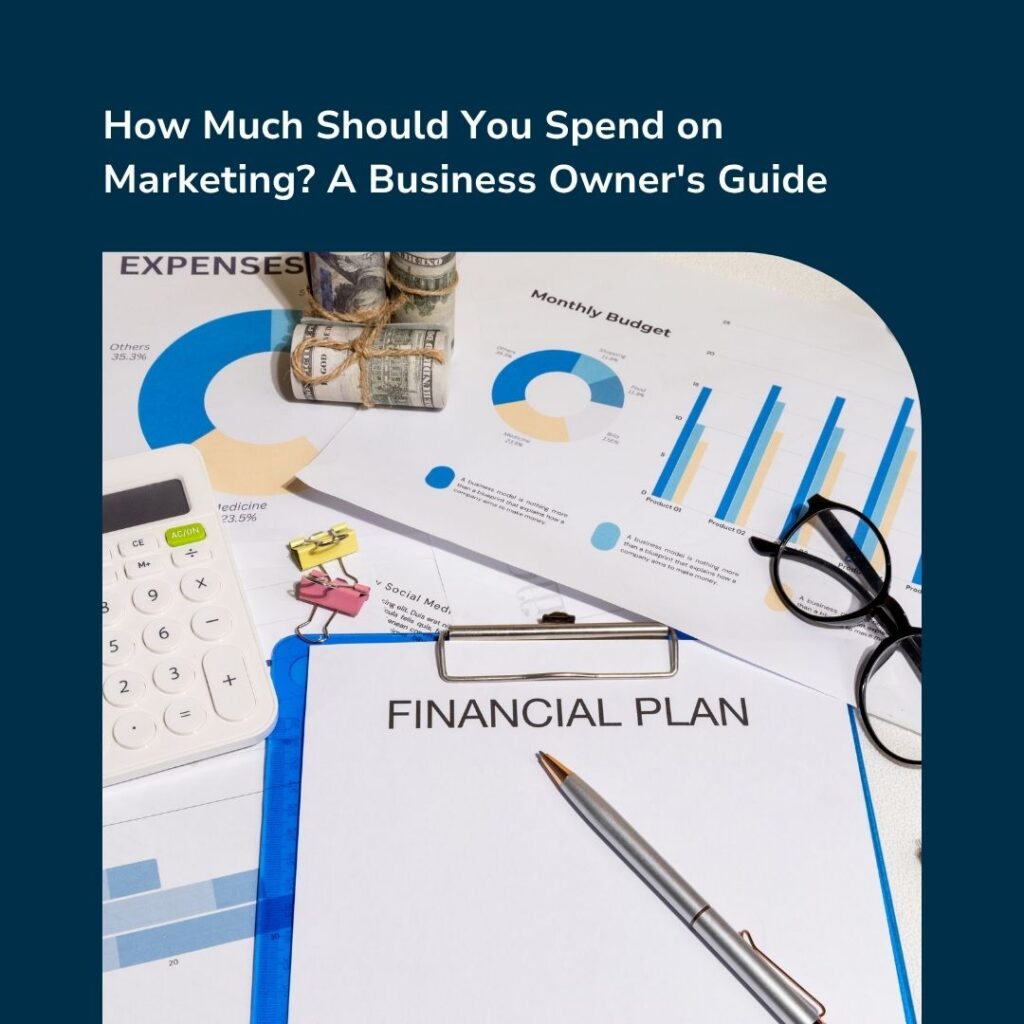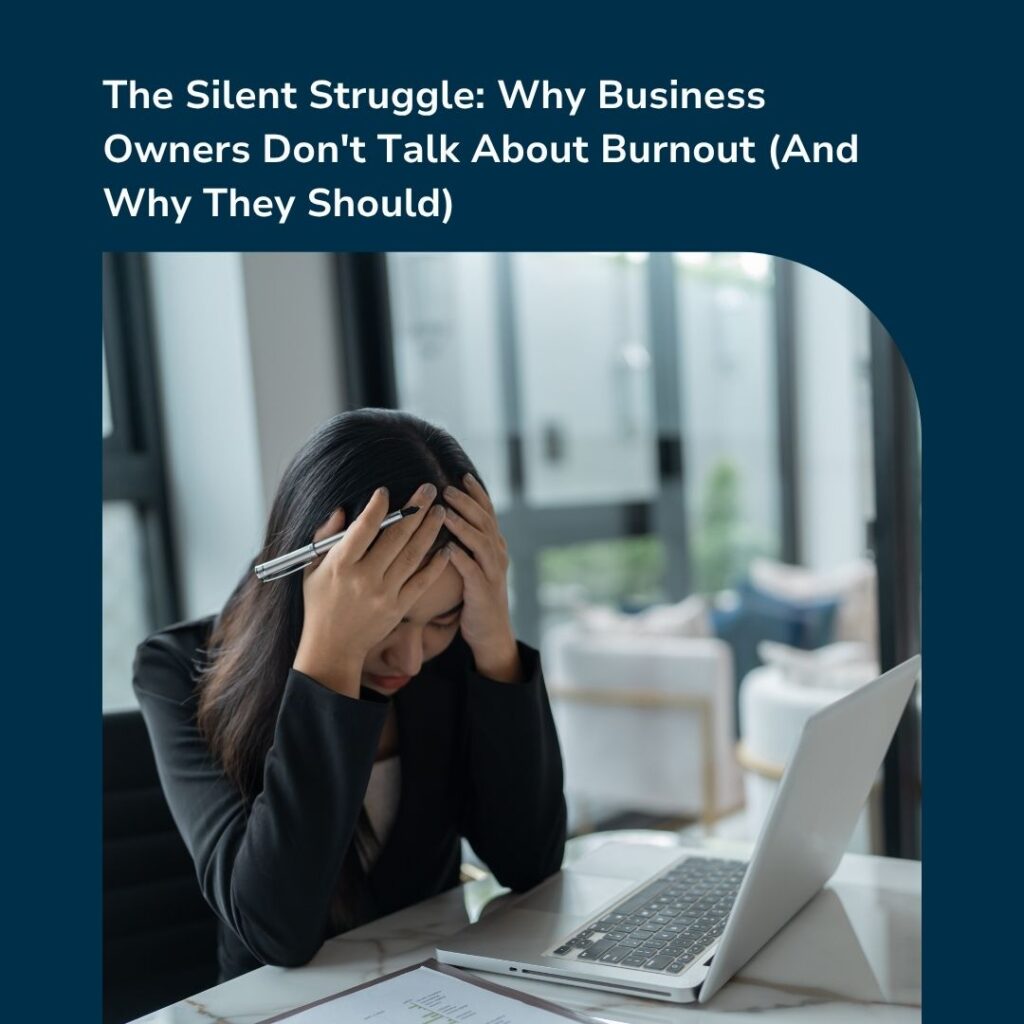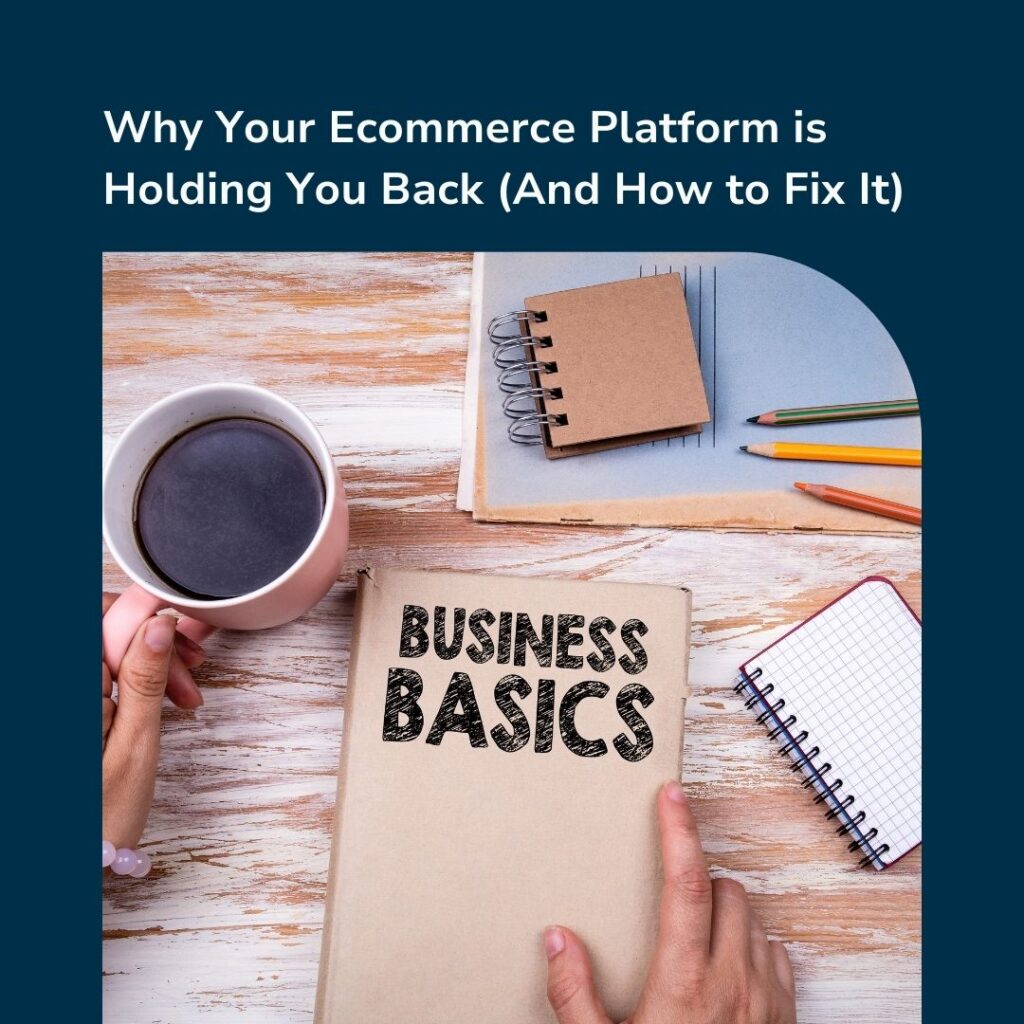When it comes to ecommerce marketing, a well-written brief can make all the difference.
A good brief will help you focus your efforts and get better results.
In this blog post, we will discuss how to write an ecommerce marketing brief that gets results.
We’ll cover everything from what should be included in a good brief, to tips for making sure it is effective.
How to Write a Good Marketing Brief?
There’s no one-size-fits-all answer to this question, as the best marketing brief for your ecommerce business will depend on your specific goals and target audience.
However, focusing on the following things while creating a marketing brief will give you results
1. Your Marketing Goals and Objectives
First, you need to be clear about your goals and objectives.
What do you want to achieve with this campaign?
Be specific, and make sure your team is aware of what you’re trying to accomplish.
2. An Overview of Your Target Market
Next, you’ll need to provide an overview of your target market.
Who are you trying to reach with this campaign? What are their needs and wants?
Knowing your target market is essential for creating an effective marketing strategy.
3. Your Marketing Budget
You’ll also need to include your budget in the brief.
How much are you willing to spend on this campaign?
As this is important information for your team,they need to know what they have to work with.
4. Key Performance Indicators (KPIs)
KPIs, or key performance indicators, are an important part of any marketing campaign.
KPIs help you track progress and determine whether or not your efforts are successful.
So. make sure to include KPIs in your brief so you can measure the success of your campaign.
5. Your Desired Outcomes from the Campaign
You need to include your desired outcomes from the campaign.
What do you hope to achieve?
Be realistic in your expectations, and make sure your team is aware of what you’re hoping to accomplish.
6. Key Message you Want to Communicate
You’ll want to include the key message you want to communicate.
What is the main point you want to get across?
Be clear and concise in your messaging, and make sure your team understands what you’re trying to say.
7. Tone and Style of Your Campaign
You’ll also need to decide on the tone and style of your campaign.
Do you want it to be serious or light-hearted? Formal or informal?
Deciding on the overall tone and style will help your team create cohesive and consistent content.
8. Channels You will Use to Reach Your Target Market
You’ll need to include which channels you will use to reach your target market on the marketing brief.
Will you use paid advertising, organic search, social media, or a combination of all three?
Knowing which channels you’ll use will help your team create a more targeted and effective campaign.
9. Timeline for Your Campaign
You’ll need to include a timeline for your campaign.
When do you want it to start and end?
Having a clear timeline will help your team stay on track and ensure that the campaign is completed on time.
10. The Format and Structure
A good brief should be easy to read and understand.
The brief should also be specific enough that your team can follow it and put your plan into action.
Therefore, make sure it is easy to read and understand.
Use bullet points or short paragraphs to make it easier for your team to digest.
To learn more, get in touch with us today.








